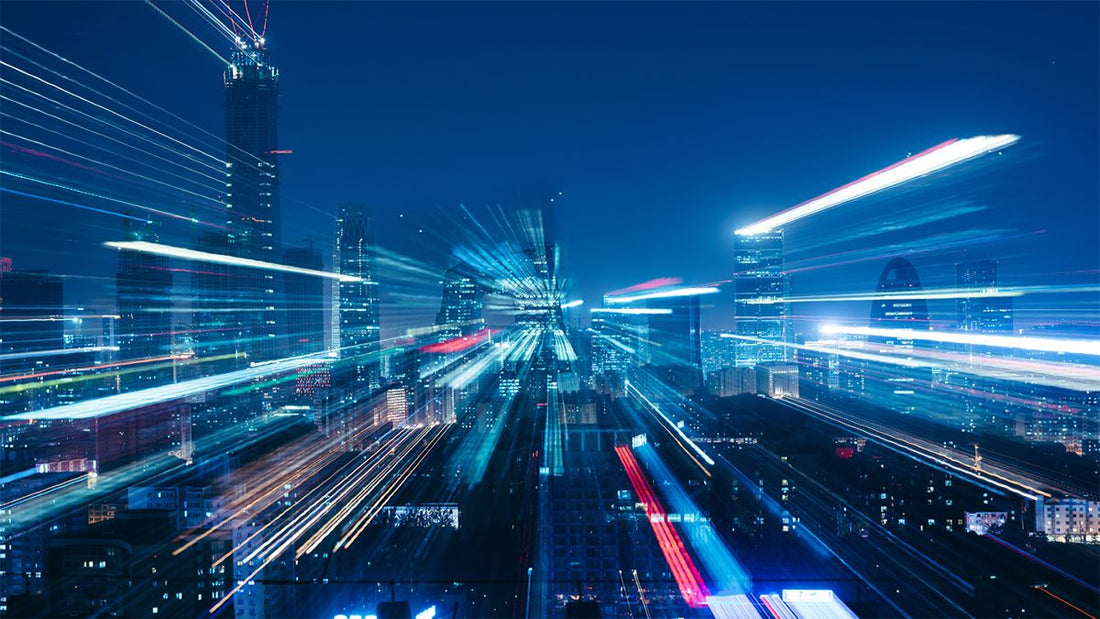Consuming Less, Shining More
At the heart of the LED advantage lies its unparalleled efficiency in converting electrical energy into light. Unlike traditional incandescent bulbs that dissipate a substantial amount of energy as heat, LEDs harness nearly all their energy to emit brilliant light. This efficiency translates to a significant reduction in energy consumption, contributing to lower electricity bills and a lighter environmental footprint.

LED lighting fixtures boast a remarkable lifespan compared to their traditional counterparts. While incandescent bulbs may last around 1,000 hours and compact fluorescents up to 8,000 hours, LED fixtures shine brightly for up to 25,000 hours or more. This extended lifespan not only reduces the frequency of replacements but also lessens the environmental impact associated with manufacturing, packaging, and disposing of bulbs.
Illuminating Without the Heat
Unlike incandescent bulbs that radiate a significant amount of heat, LED fixtures remain cool to the touch. The brilliance of LED technology lies in its ability to emit light with minimal heat production. This not only enhances safety, especially in confined spaces, but also contributes to a more comfortable indoor environment, reducing the need for additional cooling systems and further optimizing energy use.

LED lighting fixtures play a pivotal role in reducing carbon emissions, aligning with global efforts to combat climate change. Their energy-efficient operation translates to fewer greenhouse gas emissions, making them a sustainable choice for environmentally conscious individuals and businesses. By making the switch to LEDs, we collectively illuminate a path towards a greener, more sustainable future.
A Clean and Green Glow
Unlike some other lighting technologies, such as fluorescent bulbs, LEDs are mercury-free. This eliminates the environmental hazards associated with mercury disposal and underscores LED lighting as a safer and more eco-friendly option. The absence of hazardous materials aligns LED technology with the principles of green living, offering clean and sustainable illumination.

In the pursuit of a circular economy, LED lighting fixtures stand out for their recyclability. Made predominantly from materials like aluminum and plastics, which are readily recyclable, LEDs contribute to a sustainable and closed-loop manufacturing cycle. This commitment to recyclability reduces waste, minimizes environmental impact, and fosters a more responsible approach to lighting design.
Lower Operating Costs: A Wise Investment in the Future
While the initial cost of LED lighting fixtures may be higher than traditional alternatives, the long-term economic benefits are undeniable. The significant reduction in energy consumption translates to lower electricity bills, making LEDs a prudent investment that pays dividends over time. Businesses and homeowners alike can enjoy not only the environmental benefits but also the economic advantages of energy-efficient lighting.

Recognizing the importance of energy-efficient lighting, governments and utility providers often offer incentives to encourage the adoption of LED fixtures. These incentives may come in the form of rebates, tax credits, or reduced electricity rates, making the transition to LED lighting even more appealing from an economic standpoint. Exploring these programs can further enhance the economic advantages of choosing LED fixtures.


